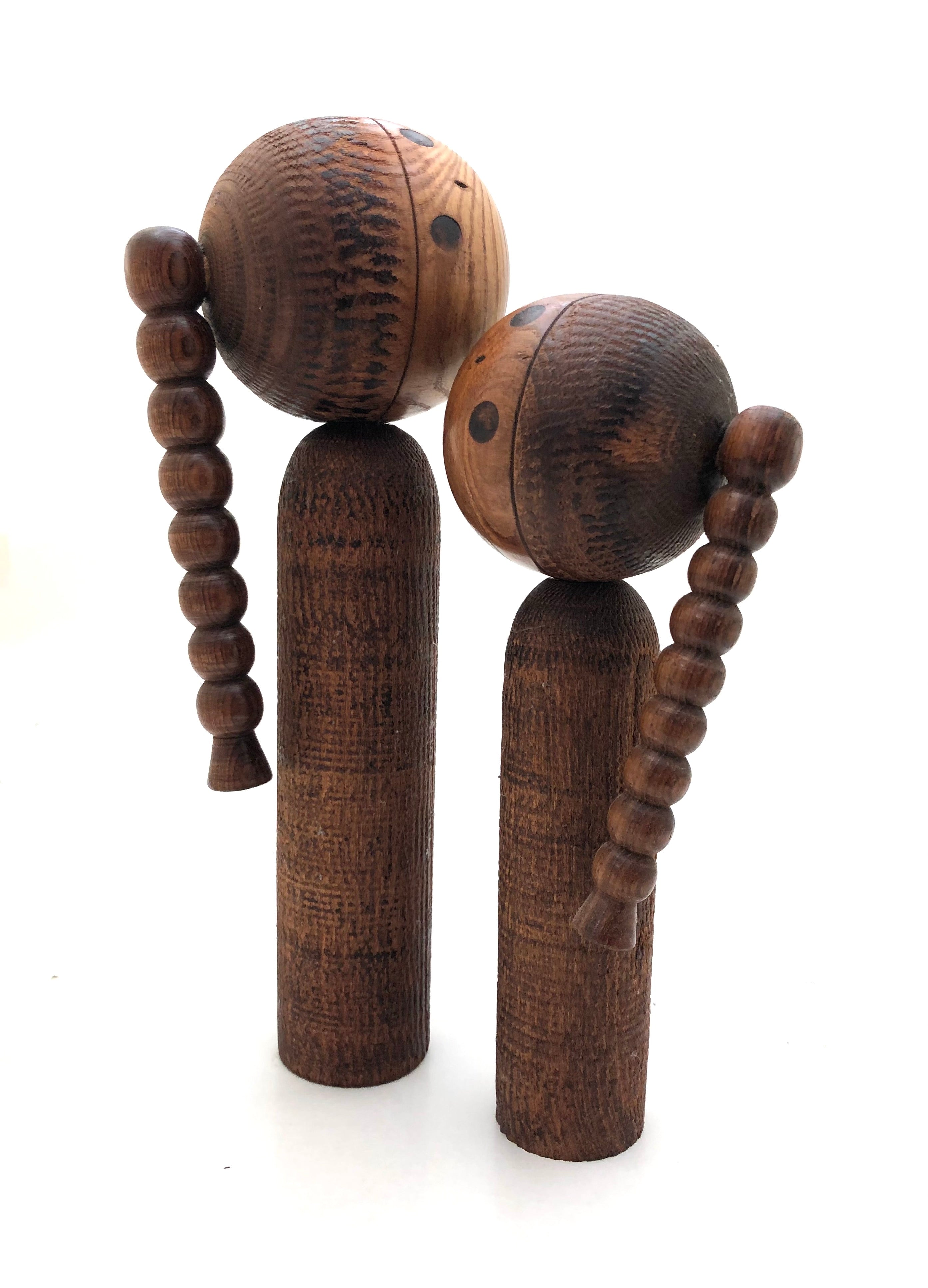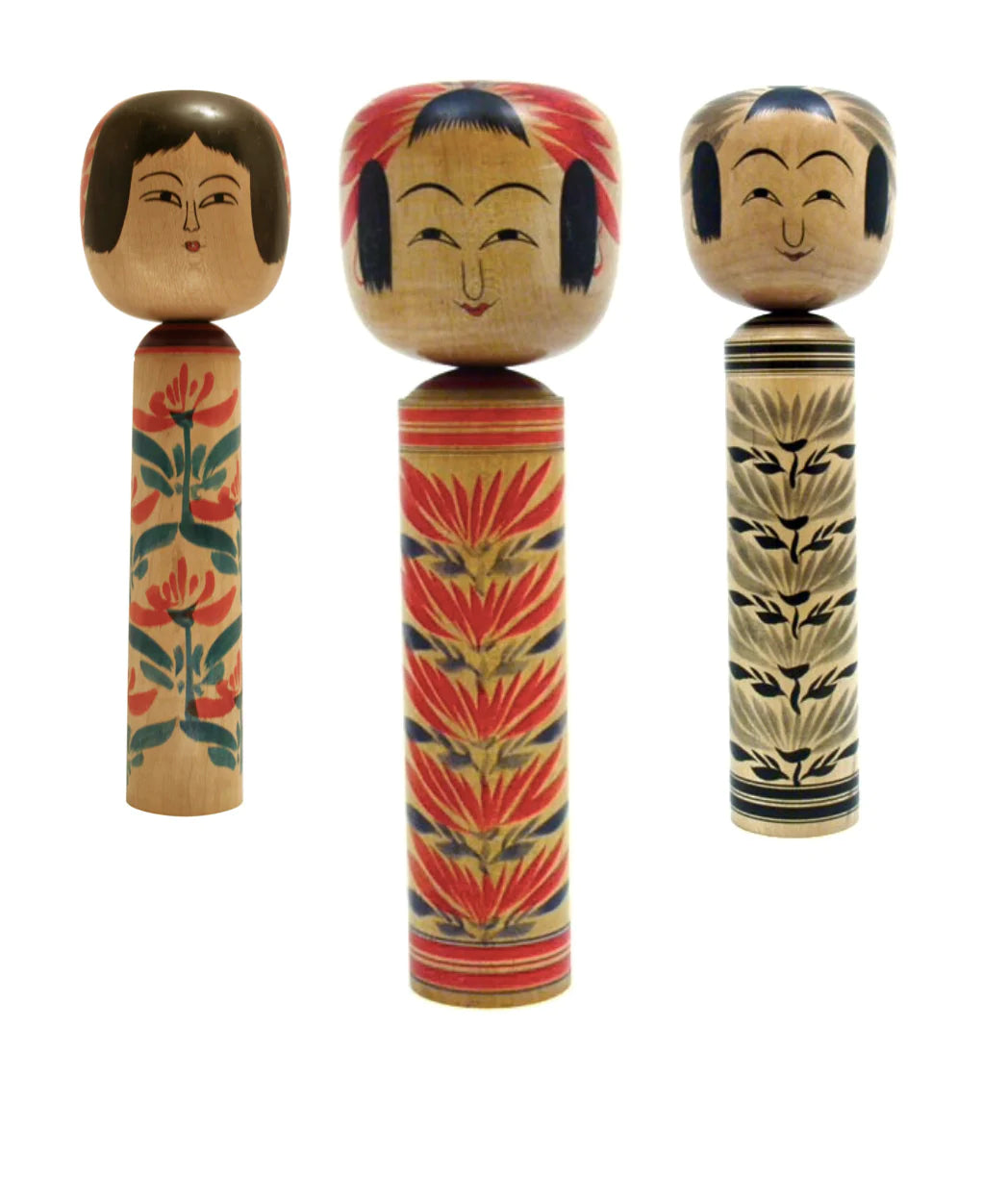




Vintage RARE Japanese Mino/Oribe Maneki Neko (Lucky Cat) | Artist Unknown
Dimensions: 6-0”h x 3-1/2” dia.
This wonderfully free-formed Figural creation from Mino, (also known as Oribe-yaki), is the basis of this Calico Maneki Neko, (Beckoning cat), with its left paw raised in an effort to attract personal success. Considered a symbol of wealth, cats were a favored pet among those in Japan’s high society in the 1900s. It was common to see cats dressed up, or out for a walk on a leash, with their owners in an attempt to gain admiration from others. Cats were commonly clad with all forms of decorative objects in the Edo period and in this case, a bib, collar, and bell, which became adornments that are now part of the traditional Maneki Neko figurines.
Just as the Maneki Neko has significant body language, it also comes in various colors, each with its own meaning. This small figure is hand-formed and incorporates surface paint layers of green-copper glazes on a cream crackle glaze body, These subtle abstract forms were fashioned after the first colored stoneware glaze of this period. The position of its paw invites “good health, academic success, and positive things to come”. This Neko has bright, wide-opened eyes, expressive brown whiskers, a pug nose, and a mouth with its ears standing upright with air holes to support its firing. It has a bright orange glaze rope-like collar, a yellow bell, and carrying a paper sign with a beautifully scripted wish to a student about to engage in their professional life. Oribe ware figures have the ability to capture something of the artistic and spiritual soul of Japan, which quickly spread throughout the country, and its popularity continues to this day. The piece is signed on the bottom by the artist.
Condition: Excellent, unusual, and unique, and a beautiful detailing and fabrication. It is void of chips, cracks, breaks, missing pieces, or restoration, and retains its original details and finish. With a wonderful presence, the previous owner protected and treasured it.
Additional Information: Mino, Oribe is a visual style named after the late-16th-century tea master Furuta Oribe (1544-1615), a warrior who once served Toyotomi Hideyoshi and Oda Nobunaga. He became the foremost tea master when his teacher Sen no Rikyu perished. Most often seen in pottery motifs focused on textiles and paintings are common. Oribe was not an actual potter, but (like many other influential figures in Japan’s art history) something akin to an art director or designer. He embodied the spirit of wabi tea so completely that he was able to give it form in a truly new and unique vision. The motifs were ground-breaking in their bold informality.
Return Policy
Our antique/vintage pieces are identified/described and professionally photographed, and considered, “as is”, therefore all sales are final. Read our full refund and return policy.


